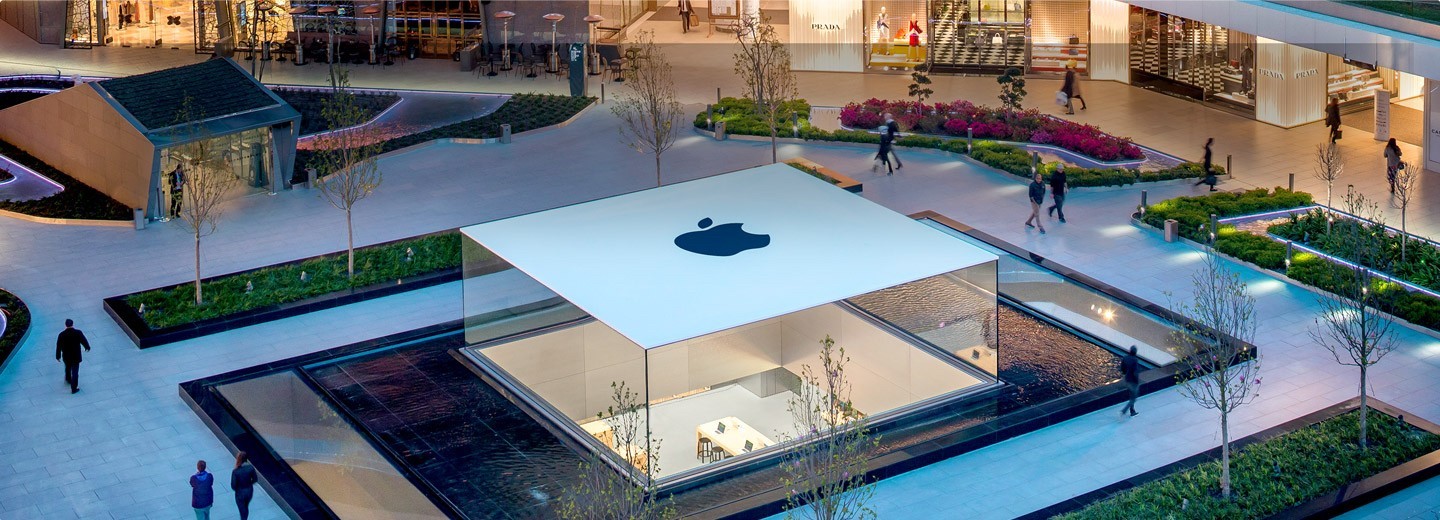Apple yesterday published updated data on the diversity of their employees, for the second year in a row. Some of the news is good (Apple hired 65% more women in the last 12 months than they did in the previous year) but the picture is still bleak in other respects (only 22% of “tech” employees are female). Apple’s updated Diversity webpage includes a letter from Tim Cook, in which he says:
Last year we reported the demographics of our employees for the first time externally, although we have long prioritized diversity. We promised to improve those numbers and we’re happy to report that we have made progress. In the past year we hired over 11,000 women globally, which is 65 percent more than in the previous year. In the United States, we hired more than 2,200 Black employees — a 50 percent increase over last year — and 2,700 Hispanic employees, a 66 percent increase. In total, this represents the largest group of employees we’ve ever hired from underrepresented groups in a single year. Additionally, in the first 6 months of this year, nearly 50 percent of the people we’ve hired in the United States are women, Black, Hispanic, or Native American.
You can view all the numbers on Apple’s Diversity page, including some interactive statistics, the full letter from Tim Cook and information on what Apple is doing today to improve diversity at Apple, and steps they are taking to improve the numbers in the future.
Some people will read this page and see our progress. Others will recognize how much farther we have to go. We see both. And more important than these statistics, we see tens of thousands of Apple employees all over the world, speaking dozens of languages, working together. We celebrate their differences and the many benefits we and our customers enjoy as a result.


